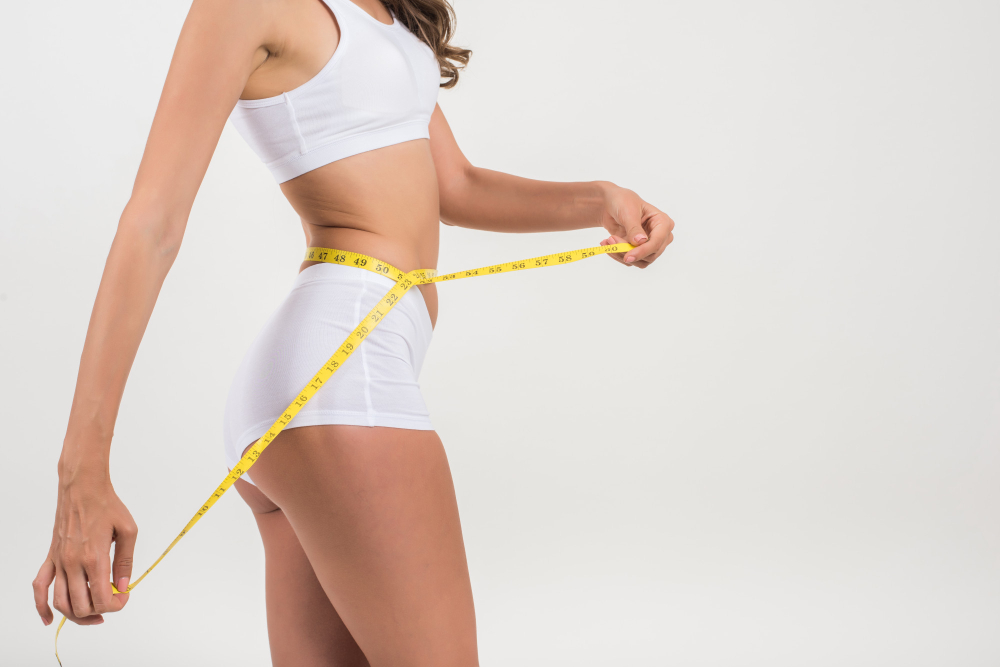



The first step in regional weight loss is determining the most suitable method for you. This can involve either heating or cooling the body's fats. You will choose the method that best suits you, initiating the process with either a single session or multiple sessions.
The processes of regional weight loss depend on your individual situation. The technologies used for fat burning determine this. While some procedures can be done in a single session, others may require 4 or more sessions. The results obtained from well-received treatments often encourage individuals, making it possible for them to achieve a more comfortable and aesthetically pleasing physique.
Since the procedures are continued at intervals and sessions are determined by expert physicians, facing any problems or side effects is almost impossible.
After this analysis, individuals can learn about their weight, muscle-fat-water ratios, basal metabolic rate, metabolic age, and the amount of edema in the body, as well as changes in body fat tissue and muscle tissue. The current weight of the individual is measured, compared to the weight that should be according to age and height, and an ideal process is determined.
The analysis process takes less than 1 minute. To ensure accurate measurement, it is recommended not to engage in heavy exercise or consume alcohol 24 hours before the measurement, avoid caffeinated drinks 3-4 hours before the measurement, refrain from smoking, and abstain from eating for 2-3 hours before the measurement.
What is Ozone Lipolysis? Ozone lipolysis is an application that is applied to areas where unwanted weight is located in the body, allowing the removal of fat accumulations.
What is Ozone Lipolysis Successful in Weight Loss? Excessive fat accumulation in certain areas of the body can make daily life unbearable. Ozone lipolysis is used effectively to eliminate regional and excessive fat accumulation and weight in areas such as the hips, abdomen, and waist.
Very fine needles are used in ozone lipolysis. Ozone gas is injected into the area with fat accumulation using these needles. Ozone gas injected into areas with regional fat accumulation with thin-tipped needles increases oxygenation and lipolysis activity in the body. After ozone lipolysis, some changes occur in the body:
Dilation of blood vessels
Acceleration of blood flow to the area where fat accumulation is present
Acceleration of collagen and elastin synthesis
After the injection of ozone gas, these changes occur in the body. This helps reduce fat and facilitate the elimination of existing fat from the body.
Laser Lipolysis
Laser lipolysis is a method based on the bursting of the membrane of the fat cell using diode laser light. It also increases the formation of young connective tissue and collagen. Laser lipolysis is successfully used in the treatment of regional fat accumulation and skin sagging. It is effectively used in areas such as the hips, abdomen, and waist, as well as underarms, without bleeding in a single session (varies according to body structure). This method eliminates fat deposits under the skin, increases collagen production, and provides a tighter and younger appearance to the skin. You can return to your work and daily life immediately after laser lipolysis. The short recovery time and short duration of bandaging are advantages of laser lipolysis.
There is no need for any preparation before the treatment. Before laser lipolysis, information about the patient's general health condition, such as allergies to drugs, and chronic diseases such as diabetes, heart, and hypertension, is required. Laser lipolysis treatments are generally applied in a single session. However, the number of sessions may increase depending on the volume of fatty tissue and the looseness of the skin. It is possible to repeat this treatment every 3 months.
First, the areas with excess fat are marked, and regional anesthesia is applied to the area to be treated to prevent the patient from being affected by the heat energy emitted by the laser. After waiting for about 10-15 minutes, the area to be treated is thoroughly cleaned, and a 1-2 mm incision is made. The 1 mm diameter cannula, which passes through the fiber that will make the laser shot, is inserted under the skin. With this cannula, laser shots are made in the area where fat accumulation is present.
After the procedure, the patient can return to work and daily life immediately. Fat cells destroyed after the procedure do not come back. However, excessive calorie intake by the patient may cause an increase in the volume of remaining fat cells. In such a case, the procedure should be repeated. Therefore, after laser lipolysis, patients need to exercise and pay attention to their diet to maintain the results.
Classical liposuction shows technical differences depending on the area where the application will be made. Liquid is given to the area to be treated, and then fats are extracted with high negative pressure. This treatment method, generally applied under anesthesia in the hospital, requires the patient to have a recovery period of 3-4 days after the procedure.
After liposuction, bruising may be observed for about 10-15 days. Afterward, the patient needs to use a corset for approximately 4-6 weeks. When liposuction is repeated, it can be more painful and traumatic than the previous one. After laser lipolysis, using a corset for 5 days is sufficient. If laser lipolysis is applied to the same area in the second session, it will be as light as the first session. Only a short-term, mild edema may be observed.
